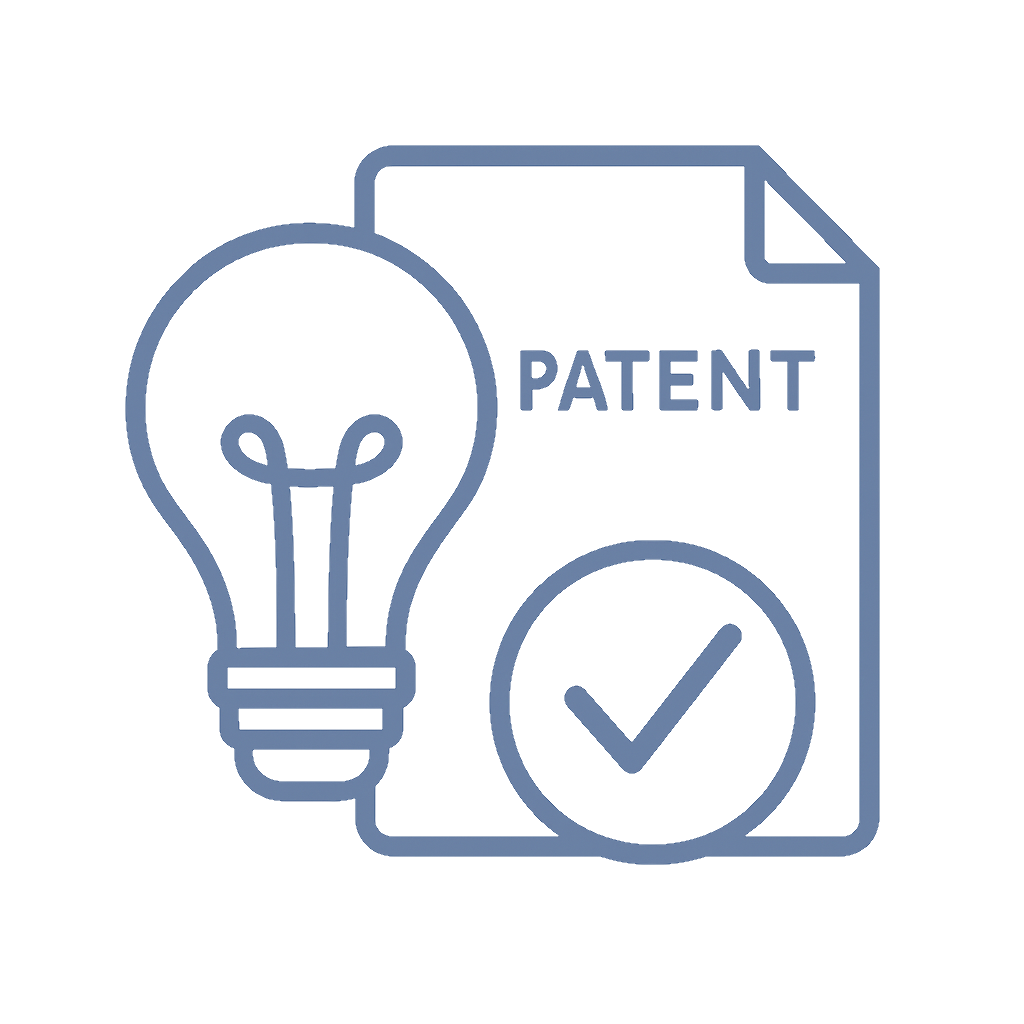Quick Overview
Trademarking misspelled words can be a savvy branding strategy, but it comes with limitations. While unique and distinctive misspellings are eligible for protection, trademarks fail when they infringe on existing marks, rely on generic industry terms, or merely describe the goods or services. Understanding these nuances is key to avoiding rejection.
Common Questions & Answers
1. Can I trademark a misspelling of an existing trademark?
No. Misspelling a registered trademark, like changing "Apple" to "Appel," is considered confusingly similar and will likely be denied.
2. Can I trademark a common misspelling of an industry term?
Unlikely. If the misspelling, like "Pharma" to "Farma," is commonly used in the industry and pronounced the same, it typically won’t qualify.
3. Does misspelling a descriptive term make it trademarkable?
Not usually. Misspelling descriptive words, like "Delite" for "Delight," doesn’t add distinctiveness if the pronunciation and meaning are the same.
4. Can commonly used misspellings be trademarked?
Rarely. If the misspelling is widely used by others, it lacks the uniqueness required for trademark protection.
5. What makes a misspelled word eligible for a trademark?
Distinctiveness, originality, and association with your brand are key. Misspellings that don’t create confusion with existing marks or generic terms are more likely to succeed.

Step-by-Step Guide
-
Avoid Confusing Similarities
Research existing trademarks to ensure your misspelling doesn’t resemble an already registered mark. -
Steer Clear of Industry Jargon
Avoid common industry terms or slang that are merely misspelled versions of generic words. -
Focus on Distinctiveness
Choose a misspelling that is creative and unique, ensuring it stands out from competitors and common usage. -
File Your Trademark Application
Submit your application with strong evidence of how the misspelled word represents your brand. -
Seek Legal Guidance
Engage a trademark attorney to navigate the nuances of trademark law and strengthen your application.
Schedule a consultation with Devin Miller for tailored advice on securing your trademark!
Historical Context
Intentional misspellings have long been a part of branding, with notable examples like “Kleenex” and “Xerox.” However, trademark law has evolved to ensure fairness and prevent monopolization of commonly used terms. Cases rejecting marks like “Lite” for being descriptive highlight the need for originality.
Business Competition Examples
1. Google vs. Googol
Google’s unique spelling helped it secure a strong trademark, but simply swapping letters in an existing brand wouldn’t have worked.
2. Froot Loops
While misspelled, "Froot" succeeded because it was unique and tied to the brand, not a common industry term.
3. Lyft
The misspelling of “Lift” passed because it created a distinct brand identity beyond the generic term.
4. Dunkin’
Streamlining to “Dunkin’” maintained distinctiveness while remaining consistent with the brand's established identity.

Discussion
Misspelled trademarks walk a fine line between creativity and legal challenges. A good misspelling must not infringe on existing marks, describe the product generically, or mimic industry terms. For example, trying to trademark "Lyte" as a misspelling of “Light” for a bulb company would face rejection as descriptive and non-distinctive. Successful misspellings like "Xerox" work because they deviate significantly from standard terms while being tied to a specific brand.

The Debate
Pro-Misspelling
Misspellings can create distinctive, memorable brands when they avoid conflicts with existing marks and industry terms.
Con-Misspelling
Misspelled marks often fail if they are descriptive, generic, or too similar to existing trademarks, limiting their viability.
Takeaways
- Trademark law prohibits misspelled marks that confuse or mimic existing trademarks.
- Generic industry terms, even when misspelled, rarely qualify for protection.
- Descriptive misspellings that don’t add distinctiveness are likely to be rejected.
- Widely used misspellings cannot establish the uniqueness required for a trademark.
- Legal guidance is crucial to determine a mark’s eligibility.

Potential Business Hazards
-
Infringing on Existing Marks
Misspellings resembling established trademarks risk costly legal disputes. -
Generic Industry Terms
Relying on common misspellings in your field can result in rejection. -
Descriptive Misspellings
Changing spelling doesn’t protect terms that merely describe a product. -
Lack of Uniqueness
If a misspelling is widely used, it can’t create a strong brand association.

Myths and Misconceptions
-
“Misspelling makes any word trademarkable.”
Not true. Distinctiveness and originality are still required. -
“You can trademark a misspelled version of a common term.”
False. Common terms, even misspelled, typically remain unprotectable. -
“Descriptive words become distinctive with misspelling.”
Incorrect. Descriptiveness remains a barrier, regardless of spelling. -
“All unique misspellings qualify for trademarks.”
Misleading. Misspellings must still meet trademark law’s distinctiveness standards.

Book & Podcast Recommendations
1. "Trademark Like a Boss" by Andrea Sager
This book provides a clear breakdown of what makes a strong, legally sound trademark.
2. "Building a StoryBrand" by Donald Miller
Discover how to create brand identities, including the strategic use of unique naming.
3. "The Branding Blueprint Podcast"
This podcast dives into creative branding strategies and common legal pitfalls.
4. "Trademarks and Branding" by Stephen Elias
A comprehensive guide to navigating trademark law for unique marks.

Legal Cases
1. Pinterest, Inc. v. Pintrips
This case demonstrates how similar misspellings can lead to disputes and rejection if they cause consumer confusion.
2. Lite Beer Dispute
Attempts to trademark “Lite” as a generic misspelling of "Light" were denied for being descriptive.
3. Zappos.com v. Zapatos
The rejection of "Zapatos" (Spanish for shoes) highlights the challenges of trademarking generic terms, even when slightly altered.

Share Your Expertise
Learn more about trademark strategy and resources for small businesses at Miller IP Law.
![]()
Wrap Up
Misspelled trademarks can offer unique branding opportunities, but they must clear significant legal hurdles. Avoid infringing on existing marks, using generic terms, or relying on descriptiveness. A well-thought-out strategy can turn your typo into a trademark triumph. Ready to safeguard your brand? Let’s get started!













